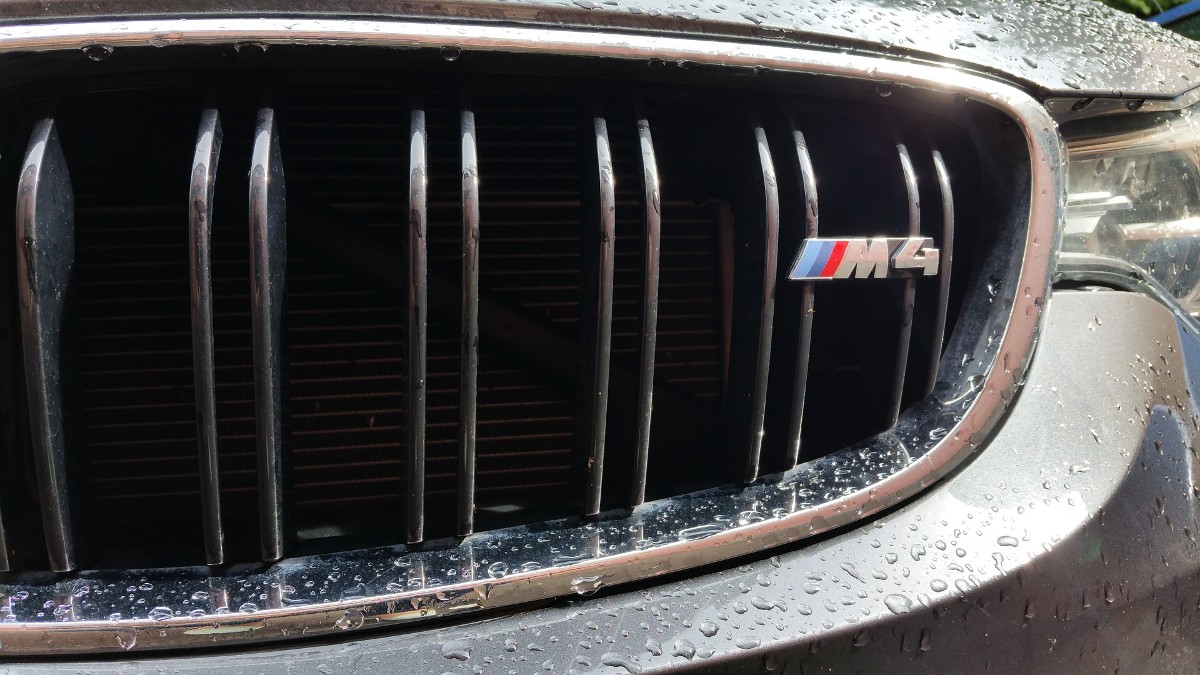There is a lot to know about your car, especially don’ts and dos. Understanding these ensure that your vehicle is always in good working condition. Have you ever wondered whether you can bypass the radiator transmission cooler and whether it’s necessary?
It’s possible to bypass the radiator transmission cooler but during special scenarios. You can do it as a temporary fix before installing an external cooler. It’s a bad idea to bypass the factory cooler altogether to avoid overheating which may fail the system.
Cars that have a transmission cooler have it for a good reason. Fluid may exceed a safer temperature and become ineffective without it when under heavy loads. Bypassing the transmission cooler would cause the fluid in the transmission to overheat causing failure.
Can You Bypass The Radiator Transmission Cooler?
It’s possible to bypass the radiator transmission cooler but it’s not recommended. Automatic transmission generates extreme heat that encourages fluid to break down. This moves throughout the system for it to function.
The breakdown of the fluid makes it unable to protect parts that need protection. These start wearing out and causing problems. According to transmission manufacturers, every 10 degrees reduction in temperature doubles the life of the transmission.
Depending on this assumption, every 10 degrees increase in temperature cuts the life of the transmission. Stock production transmission coolers are usually integrated into the cooler. These are simple and cost-effective and get transmission fluid up to an appropriate temperature.
However, in case of overheating, transmission fluid overheats too, making the transmission heat too. This makes it unable to shed heat since the overheated coolant won’t absorb more heat from the transmission fluid line in the radiator.
Can I Install A Transmission Fluid Cooler?
Truck owners who engage in hauling or towing heavy loads can install auxiliary transmission coolers. These are tiny radiators through which transmission fluid flows and where air moving through the fins carries away heat. Just like a regular radiator with coolant.
The auxiliary coolers are plumbed in series with the OEM cooler for fluid to move from one to another before getting back to the transmission. The first cooler where the fluid goes through first depends on your car’s operating environment and your needs.
It’s recommended to have the fluid pass through the auxiliary cooler before it goes through the factor cooler when living in super cold environments. It makes the transmission reach operating temperature quickly.
Coolant in the radiator helps warm up the transmission fluid before the fluid returns to the transmission. Some people prefer to have an auxiliary cooler installed after the factory cooler. It lowers the transmission fluid temperature better before it gets back to the transmission.
You can also have an electric fan attached to the auxiliary cooler to support its function on warmer days. These fans are controlled by a thermostat since manual control requires paying a lot of attention. Running your transmission without a cooler hastens its wear and tear.

When Is It Necessary To Bypass The Radiator Transmission Cooler?
It’s necessary to bypass the radiator transmission cooler when installing an external transmission cooler. Bypassing without an alternative leads to costly consequences. Eliminating a cooler altogether is a bad idea. You must bypass only to hook up a better one.
The transmission easily overheats when dragging heavy loads. You can avoid this by adding an additional cooler because you’ll need as much cooling as possible. Temporary bypassing of the radiator transmission cooler is good when planning to have it replaced under warranty.
Another reason to bypass the radiator transmission cooler is to remove the heat load on the radiator. It can also be a temporary fix before installing an external cooler. Adding an auxiliary cooler to work with a liquid-to-liquid radiator cooler prolongs the lifespan of your transmission.
You can also bypass the radiator transmission cooler to avoid radiator problems such as on a 2012 Nissan Frontier. Bypassing the factory transmission cooler makes transmission fluid run directly from the transmission to the aftermarket cooler.
It requires rerouting the fluid lines. You locate the hotline running to the radiator and routing it to the cooler inlet. Locate the cold lines running back to the transmission and connect them to the cooler outlet. You’ll get more efficient cooling to the transmission fluid.
How Do I Bypass The Radiator Transmission Cooler Safely?
The best way to bypass a radiator transmission cooler is by ensuring that the clamps are tight. Make sure that they fit tight, not snug. You must seal off the two outlets for the cooler on the stock radiator so an internal failure won’t lead to a leak.
These aren’t supposed to leak at all to avoid failure which encourages a SMOD issue. Failure while having the two outlets disconnected encourages coolant leakage. Ensure to cap them or place a hose between them to avoid leaking which may result from internal exchanger failure.
What Are The Possible Causes Of Transmission Overheating?
Poor circulation is the commonest cause of overheating. It may result from an obstruction in the system or air trapped in the cooling system. Your cooling system needs to check if overheating happens when driving at 35 mph or higher.
Overheating at a lower speed or while idling may be caused by airflow issues. It’s best to contact a professional mechanic to diagnose and recommend solutions to fix the issue.
Final Thought
Bypassing the radiator transmission cooler is possible but you must understand when to do it. A good idea is to consider this option when buying time to install an auxiliary cooler. You must do the bypass right to avoid causing problems to your system.

